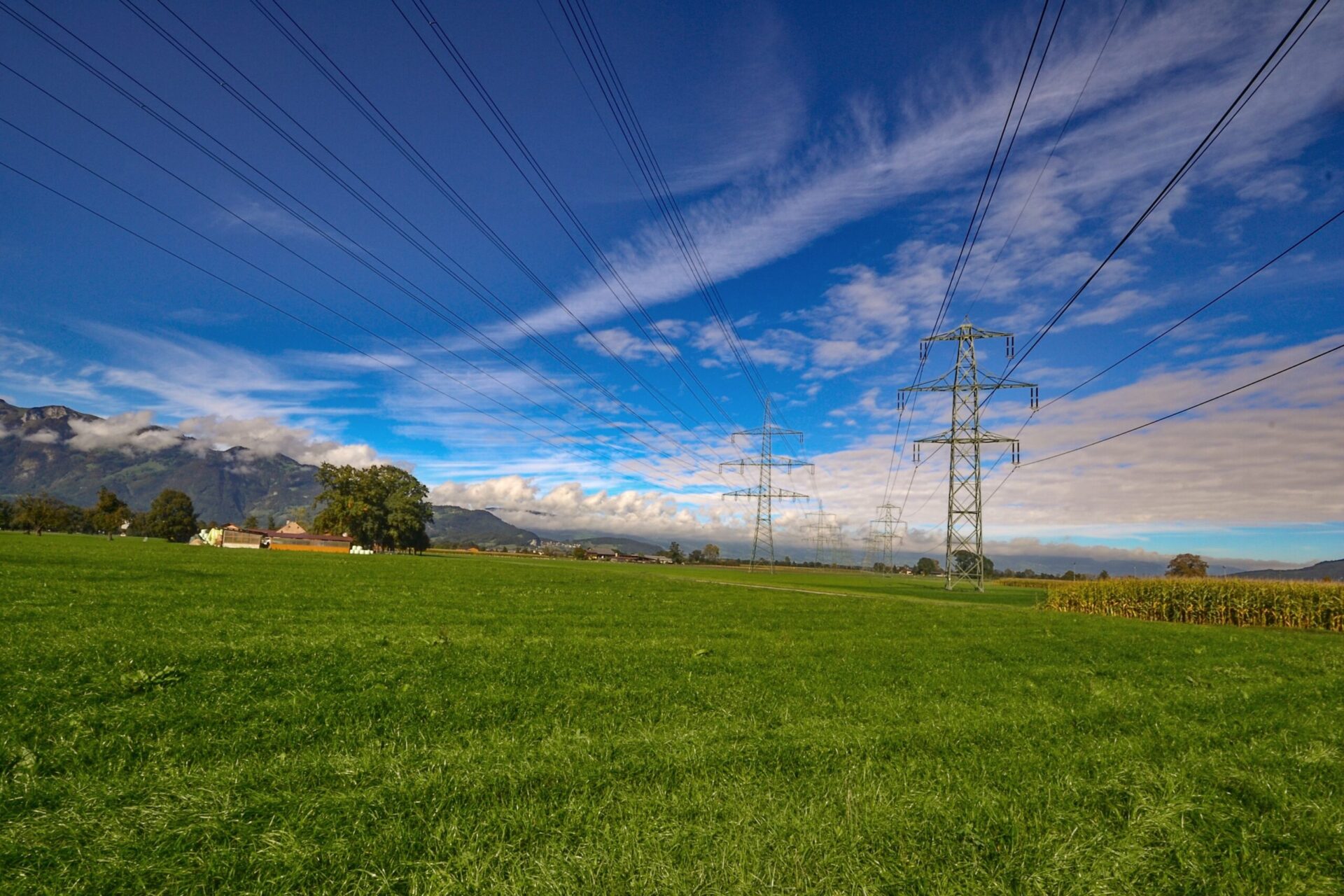How to read energy bill to save money

Do you look closely at your energy bill or do you simply check the amount and due date? You can Read your Energy Bill to Save Money.
Energy bills sent to Australian households contain tons of information that most people tend to ignore. In addition to telling you how much you need to pay, energy bills can serve as a guide on how to save money on your power consumption. Those details on both pages of your bill can also help you decide if you need to switch plans or brands to reduce your energy costs.
In this guide, you will learn what to look for on your bill and where to find it.
How to read your energy bill to save money
Energy bills do not look all the same. Specific information can be different for each brand. For the purpose of this guide, we are going to look at a sample bill from AGL and break down the contents of each section.
What you can expect to see on the first page of your bill
The front page of your energy bill – whether electricity or gas – features four types of information.
- Basic customer information. This includes your name, address, plan, and other details that enable the retailer to identify you. Every time you need to contact your energy provider online or over the phone, the customer service rep will ask you about these details so keep this information on hand.
- Amount due. Often located at the top of your bill for quick viewing, the total amount due will reflect any discount that you may be eligible for.
- Due date. This information lets you know when your bill is due. Pay your energy bill on time to enjoy discounts from your retailer.
- Total usage and average daily usage. This section shows you how much energy you consumed during the current billing cycle as well as the same period a year ago. Electricity usage is shown in kilowatts per hour (kWh) while gas usage is shown in megajoules (MJ).
Why this information matters
- It gives you an idea of how much power your family is consuming daily.
- You can compare your energy consumption to that of other households in your area.
- You can compare prices of your energy retailer with that of other brands based on your usage.
What you can expect to see on the second page of your bill
The second page of your energy bill contains more detailed information.
- Electricity supply details. This includes specific information about your electricity supply service, such as energy plan and your meter's unique identification number. Electric meters are identified through the National Meter Identifier (NMI) while gas suppliers refer to your Meter Installation Reference Number (MIRN). If you decide to switch plans later on, you will need your NMI/MIRN information.
- Payment options. You can pay your energy bill through a variety of methods which are listed here, including direct debit, BPay, PayPal, cheque, mail, etc.
- Usage breakdown. This detailed section contains a breakdown of how you have been charged – specifically how much the retailer charges you for simply being connected to the grid and for actual energy usage. If you are on a flat rate, the usage rate will reflect your peak costs. If you are on a time-of-use tariff, the usage rate will reflect both peak and off-peak costs. The list will also include any discounts that have been applied to your bill.
Why this information matters
- The usage breakdown gives you a cost estimate based on your average consumption
- Usage rates allow you to compare the rates of other plans
How your energy bill can help you save money
- Analyse peak patterns.
If your energy consumption seems to be spiking on certain days, find out why that is happening. Was it extra hot and all the air conditioners were running? Did you consume more hot water? If this is the case, you might want to consider switching to a controlled load tariff for your water heater or replacing your appliances with more energy-efficient models.
- Check out time-based tariffs.
If you are currently on a flat rate plan but realise that your household consumption peaks in the morning or early afternoon, you might want to consider looking into time-of-use tariff. That way, you are charged more during peak times and charged way less during off-peak times.
- Compare energy rates.
By reviewing your actual power usage, you can compare your current plan to other rates and see if you can save money by switching to a different plan. Our online bill comparison tool can help you do this. Check out our bill guides on specific energy brands here at Makes Cents.




